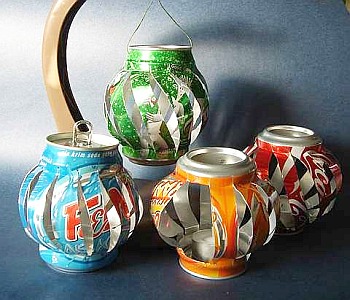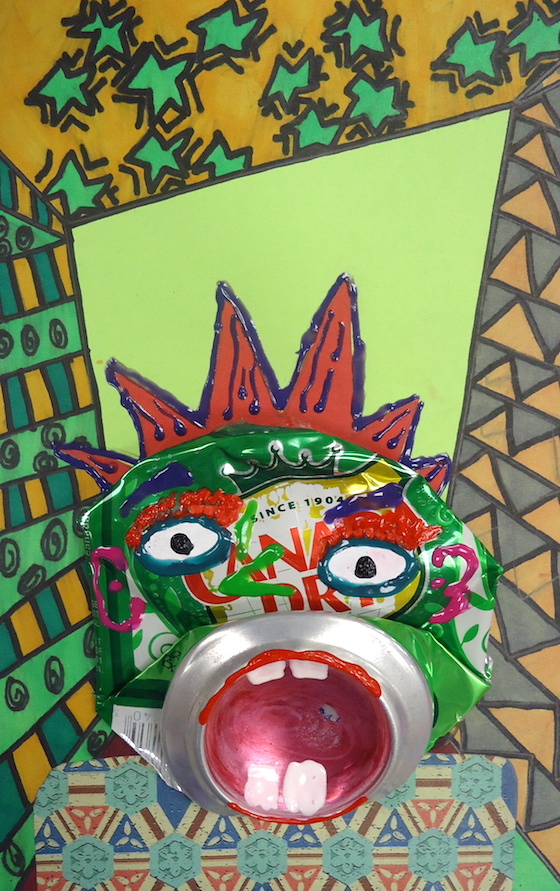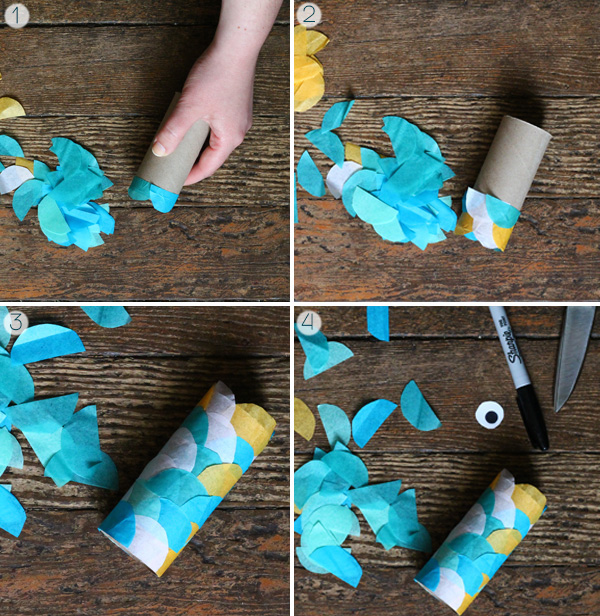It’s that time of the year!
IEP time, that is!
If your child is in public school and receives special education services, then it is time to address needed accommodations and supports for the new year. Often, as children grow and become pre-teens and teens, more and more accommodations are needed while previous supports are at times less necessary. And suddenly, school begins, kids are in new classrooms, grades, even schools, with new teachers, peers, and schedules. And you needed the new accommodations yesterday!
If you think you need a new IEP and the school hasn’t suggested one, and if you have had an IEP meeting within the past 12 months, then you need to write a request to your district and ask for an update. Always put all IEP and special education requests, questions, and information in WRITING! The school must respond and the WV Department of Education’s Special Education, A Parent’s Advocacy Guide to Special Education (click on the green text to read it or download your own!), states:
“If you believe your child is not progressing satisfactorily or that there is a problem with the current IEP, you can request an IEP team meeting. The district is required to grant any reasonable request for such a meeting.”
At this update IEP meeting, ask for evidence of how your child is responding to the previously established goals, and if possible, produce evidence that your child is not progressing. (remember get it all in writing!) If you have new evaluations of your child’s special needs or disabilities, be sure to have written evidence as well. I encourage parents to have ideas ahead of time to include in this updated IEP: suggest breaks from bustle if your child is becoming overwhelmed at school, for example, or suggest a small study group format for your child who needs interaction to learn. You know your child best and so be ready to state what you want!
If schools turn down a request for an update, which they do despite the WV guidelines, then you can request a new re-evaluation of your child’s eligibility. Schools can not refuse evaluation requests. However, unless you have an outside evaluation, the same team members will do the new evaluation, so having new evidence from outside professionals is a best step. Since many WV school districts are denying autism diagnoses in their IEP evaluations, contacting us at WHOLE Families for evaluation, or contacting other reputable autism agencies for evaluations, is a good idea.
However, we have certainly worked with school districts who still deny new IEP accommodations or an IEP altogether! The schools can claim that your child’s diagnosis does not impact their education, even when they school is claiming your child has behavioral problems. When this happens, you can immediately demand a 504 plan.
504 plans have no special education placement, but they do provide accommodations to ensure that children with disabilities get a full and appropriate public education. If noise and bustle bother your child, that means they should get a 504 plan to provide quiet and calm so your child can learn. If your child struggles to write in homework assignments, classroom work, or to take notes, then requesting a laptop for notes and homework can be put into a 504 plan to ensure your child can learn. If your child gets overwhelmed at school and can’t concentrate, then a 504 plan can address the need for breaks and quiet so your child can learn. Parents don’t get to approve the 504 plan as they do an IEP, but if parents see that the 504 plan does not assist their child to full accommodation in the school, then the parent can complain. Schools can not deny children with special needs access to education.
And that is what I tell parents to think about. A 504 plan is like a wheelchair ramp for a child with a mobility disability. Schools can not build their doors in such a way that a child in a wheelchair can not get into class. Likewise, schools can not deny children with sensory or social issues in school a break or quiet space, because that is equivalent to not providing a wheelchair ramp. Breaks, quiet space, extra time, these are access accommodations. Schools by law can not deny them.
An IEP is a specialized individual education plan. It should include course modifications (allowing students to do math in their head, should they prefer, instead of writing it out as teachers ask, or reading Pokemon books for book report time instead of the teacher’s choice), homework modifications (allowing students to do more or less homework, homework on a typewriter or laptop, homework that the students choose instead of the teacher), and broad curriculum adjustments (Headsprout reading on computers instead of the traditional curriculum, or Renzulli Learning modules instead of the regular text). An IEP can include time in a special education class, time in a regular class, or both. And an IEP must include all access accommodations of a 504 plan: if your child needs a laptop in class as part of an IEP that does not mean your child also doesn’t get needed breaks.
Unfortunately, at WHOLE Families, we get asked into school special education procedures when the school district has broken down, the child isn’t doing well, and families are at their wit’s end. So we see many districts denying 504 accommodations (illegally) and refusing basic curriculum modifications. We’ve seen districts lose IEP plans and call out the police on students with 504 plans.
If you feel your district is not doing what is best for your child, then we urge you to contact help. We do independent evaluations, meet with districts, attend 504 and IEP meetings, and participate with area social services and courts. As written in previous posts, West Virginia’s treatment of special needs children is currently under investigation by the US Department of Justice for violating the rights of WV children, so now is a particularly hard time for families trying to get school support for children with special needs. So get outside help!
Unfortunately, waiting to see if a limited 504 plan or small IEP is enough for your child puts you and your child at risk. Instead of making basic and simple accommodations, too many WV schools are shipping children out of state to residential schools or sending children to juvenile detention. If you are seeing increasing hostility or blame cast onto your child, then you need to act.
A super statewide resource is the West Virginia Parent Training and Information Project (click on green text to go their website). Supported by the US Department of Education, which oversees the implementation of the Individuals with Disabilities Education Act (IDEA), which governs IEP process, the staff at WV Parent Training and Information Project can be helpful – if nothing else but to tell you that yes your district is behaving illegally. Call them at 304 -624- 1436! And…
take their online survey about your experiences with IEP and 504 plans in your district here:
https://www.surveymonkey.com/r/?sm=lIeW8FwvrB1JvtYMfash5A%3d%3d
Many families we meet have a lot to say about their districts! Add your voice!
And if you need support, give us a call. All children in the United States deserve a free and appropriate public education. We have helped lots of families find creative solutions that help their whole family enjoy learning and enjoy life. Childhood is a magical time. We want to help you enjoy it.

















